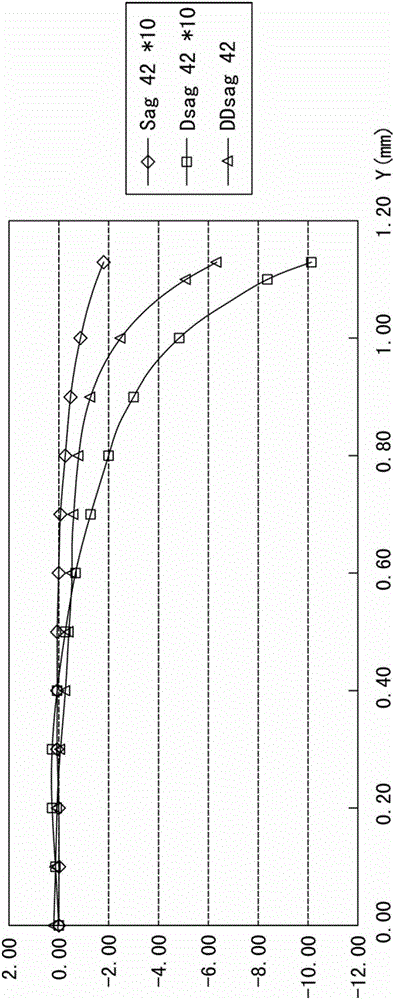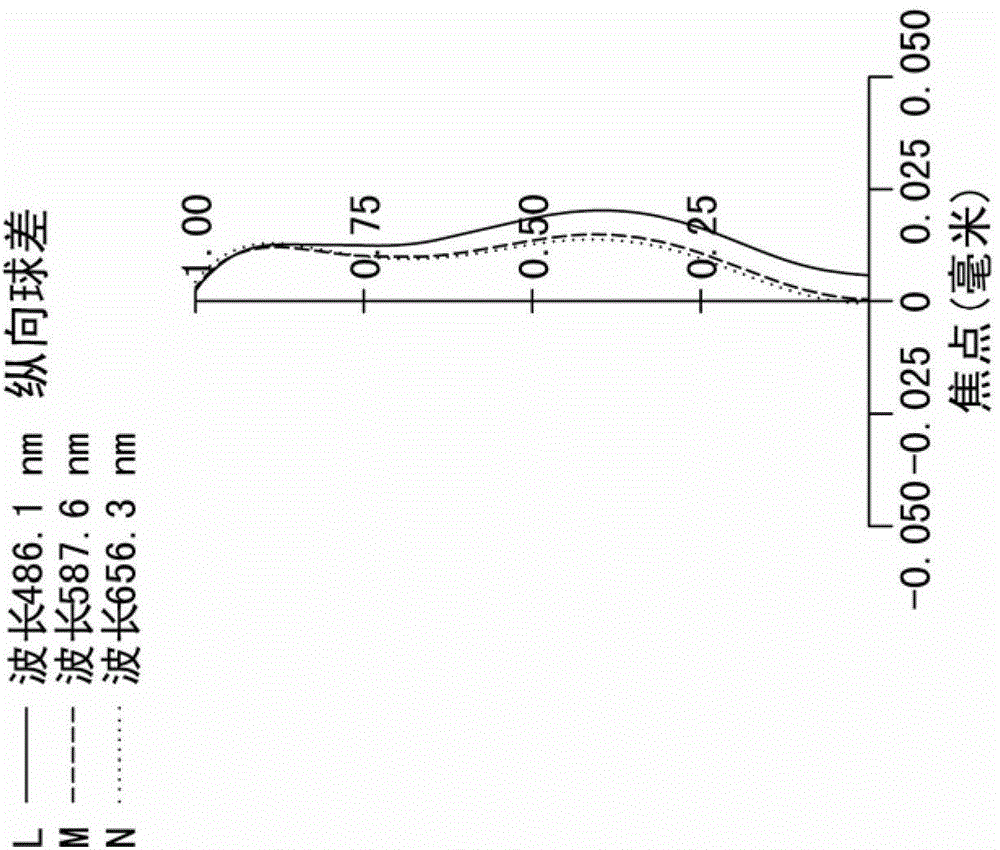Image capture system mirror group
An image capture and lens group technology, which is applied in the field of image capture system lens groups, can solve the problems of shortening the lens distance of the image capture system mirror group and excessive lens space, so as to shorten the lens distance, facilitate miniaturization, Improve the effect of too large lens space
- Summary
- Abstract
- Description
- Claims
- Application Information
AI Technical Summary
Problems solved by technology
Method used
Image
Examples
no. 1 example >
[0115] Please refer to Figure 1A to Figure 1E As shown, the image capture system lens group 10 of the first embodiment is along the optical axis, from the object side to the image side (that is, along the Figure 1A from the left side to the right side) sequentially includes a first lens 110, an aperture 100, a second lens 120, a third lens 130, a fourth lens 140, an infrared filter filter 150, an imaging surface 160 and an image sensing element 170 .
[0116] The first lens 110 has a negative refractive power and is made of plastic. The object side 111 is convex, and the image side 112 is concave. Both the object side 111 and the image side 112 are aspherical. The second lens 120 has a positive refractive power and is made of plastic. The object side 121 and the image side 122 are both convex and aspherical. The third lens 130 has a negative refractive power and is made of plastic. The object side 131 is concave, the image side 132 is convex, and both the object side 131 an...
no. 2 example >
[0132] Please refer to Figure 2A to Figure 2E As shown, the mirror group 20 of the image capture system of the second embodiment includes a first lens 210, a diaphragm 200, a second lens 220, and a third lens 230 along the optical axis from the object side to the image side in sequence. , a fourth lens 240 , an infrared filter 250 , an imaging surface 260 and an image sensor 270 .
[0133] The first lens 210 has negative refractive power and is made of plastic. The object side 211 is convex, and the image side 212 is concave. Both the object side 211 and the image side 212 are aspherical. The second lens 220 has a positive refractive power and is made of plastic, and the object side 221 and the image side 222 are both convex and aspherical. The third lens 230 has a negative refractive power and is made of plastic. The object side 231 is concave, the image side 232 is convex, and both the object side 231 and the image side 232 are aspherical. The fourth lens 240 has a positi...
no. 3 example >
[0150] Please refer to Figures 3A to 3E, the image capture system lens group 30 of the third embodiment includes a first lens 310, an aperture 300, and a second lens in sequence along the optical axis from the object side to the image side. 320 , a third lens 330 , a fourth lens 340 , an infrared filter 350 , an imaging surface 360 and an image sensor 370 .
[0151]The first lens 310 has a negative refractive power and is made of plastic. The object side 311 is convex, and the image side 312 is concave. Both the object side 311 and the image side 312 are aspherical. The second lens 320 has a positive refractive power and is made of plastic. The object side 321 and the image side 322 are both convex and aspherical. The third lens 330 has a negative refractive power and is made of plastic. The object side 331 is concave, the image side 332 is convex, and both the object side 331 and the image side 332 are aspherical. The fourth lens 340 has a positive refractive power and is ...
PUM
 Login to View More
Login to View More Abstract
Description
Claims
Application Information
 Login to View More
Login to View More - R&D
- Intellectual Property
- Life Sciences
- Materials
- Tech Scout
- Unparalleled Data Quality
- Higher Quality Content
- 60% Fewer Hallucinations
Browse by: Latest US Patents, China's latest patents, Technical Efficacy Thesaurus, Application Domain, Technology Topic, Popular Technical Reports.
© 2025 PatSnap. All rights reserved.Legal|Privacy policy|Modern Slavery Act Transparency Statement|Sitemap|About US| Contact US: help@patsnap.com



